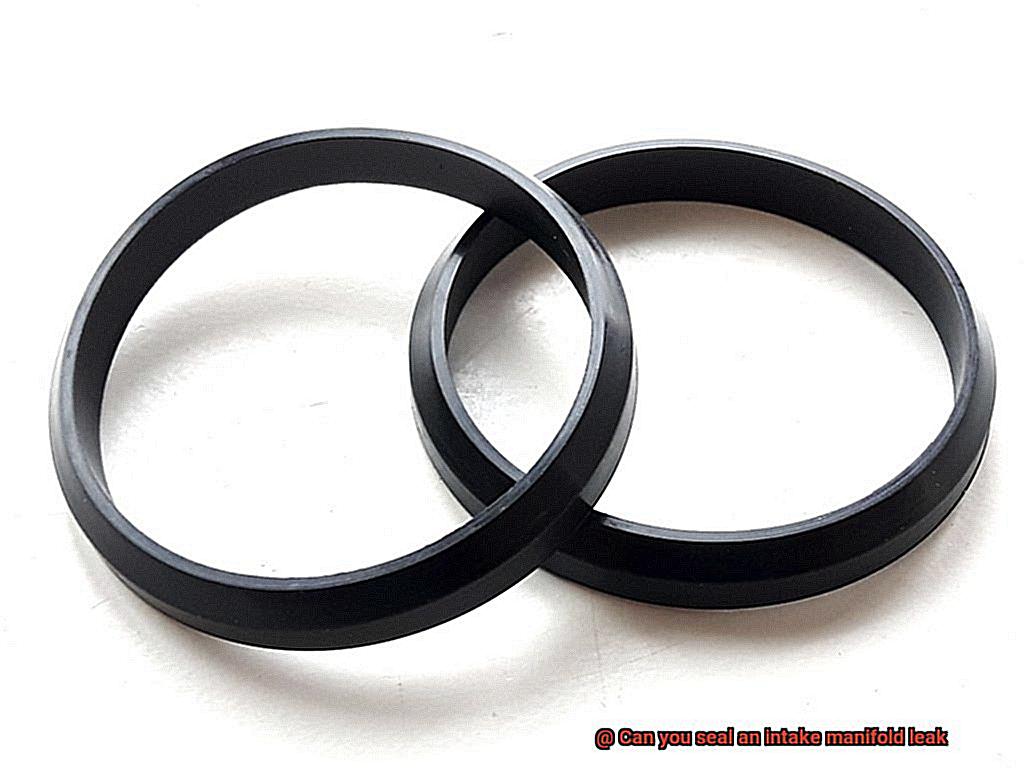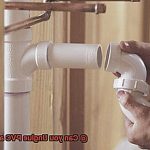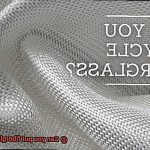Engines, those intricate marvels of engineering, can sometimes be a bit of a mystery. And there’s one pesky problem that keeps engine enthusiasts up at night: the dreaded intake manifold leak. Imagine it – a sneaky hiss, erratic performance, and maybe even a drop in fuel efficiency. It’s enough to make you feel utterly powerless.
But fear not, my friend. Today, we’re on a mission to uncover the truth about sealing an intake manifold leak. Is it just another wild tale promising a quick fix? Or could there be a glimmer of hope for restoring your engine’s former glory? Join us as we dive deep into the world of intake manifold leaks – exploring their causes, warning signs, and most importantly, whether sealing them is actually possible.
In this all-encompassing guide, we’ll debunk myths left and right. We’ll present tried-and-true techniques that have stood the test of time. And we’ll provide you with invaluable insights so that you can confidently decide what’s best for your engine’s well-being. From the basics to the advanced stuff, we won’t leave any stone unturned in our quest for answers.
So grab your trusty wrench (or maybe just your curiosity), brew yourself a cup of coffee (or tea if that’s more your style), and get ready to immerse yourself in the captivating world of sealing an intake manifold leak. With our guidance, you’ll soon have all the knowledge and skills needed to tackle this persistent engine gremlin head-on. Let’s embark on this mechanical journey together and leave no leak unsealed.
What is an Intake Manifold Leak?
Contents
- 1 What is an Intake Manifold Leak?
- 2 Possible Causes of an Intake Manifold Leak
- 3 How to Diagnose an Intake Manifold Leak
- 4 Is it Possible to Seal an Intake Manifold Leak Yourself?
- 5 Advantages and Disadvantages of Using Adhesives or Sealants for Intake Manifold Leaks
- 6 Proper Application of Products for Sealing Intake Manifold Leaks
- 7 When Should You Seek Professional Help for Sealing an Intake Manifold Leak?
- 8 Alternatives to Sealing an Intake Manifold Leak Yourself
- 9 Conclusion
An engine is a symphony of moving parts working together to create power. One crucial component in this intricate system is the intake manifold, responsible for delivering the air-fuel mixture to the engine’s combustion chambers. However, when there is a leak in the intake manifold, it can disrupt this delicate balance and cause a cascade of issues that affect engine performance and efficiency. In this comprehensive guide, we will delve into the concept of an intake manifold leak, including its causes, symptoms, and possible solutions.
Causes of Intake Manifold Leaks:
- Aging and Deterioration: Over time, the manifold gasket may succumb to wear and tear, leading to leaks.
- Faulty Clamps: Loose or damaged clamps connecting the intake manifold to other components can cause leaks.
- Physical Damage: The manifold itself can develop cracks or holes due to accidents or rough handling.
Symptoms of Intake Manifold Leaks:
- Power Drain: Reduced engine performance and diminished power output are common indicators.
- Fuel Efficiency Plummet: A leaky intake manifold can disrupt the ideal air-fuel ratio, resulting in lowered mileage.
- Unsteady Idling: Rough idling and misfires may occur due to an improper mixture entering the combustion chambers.
- Start-Up Struggles: Engine stalling or difficulty starting can be attributed to an intake manifold leak.
- Whispers from Within: Hissing or whistling noises emanating from the engine can signify a leak.
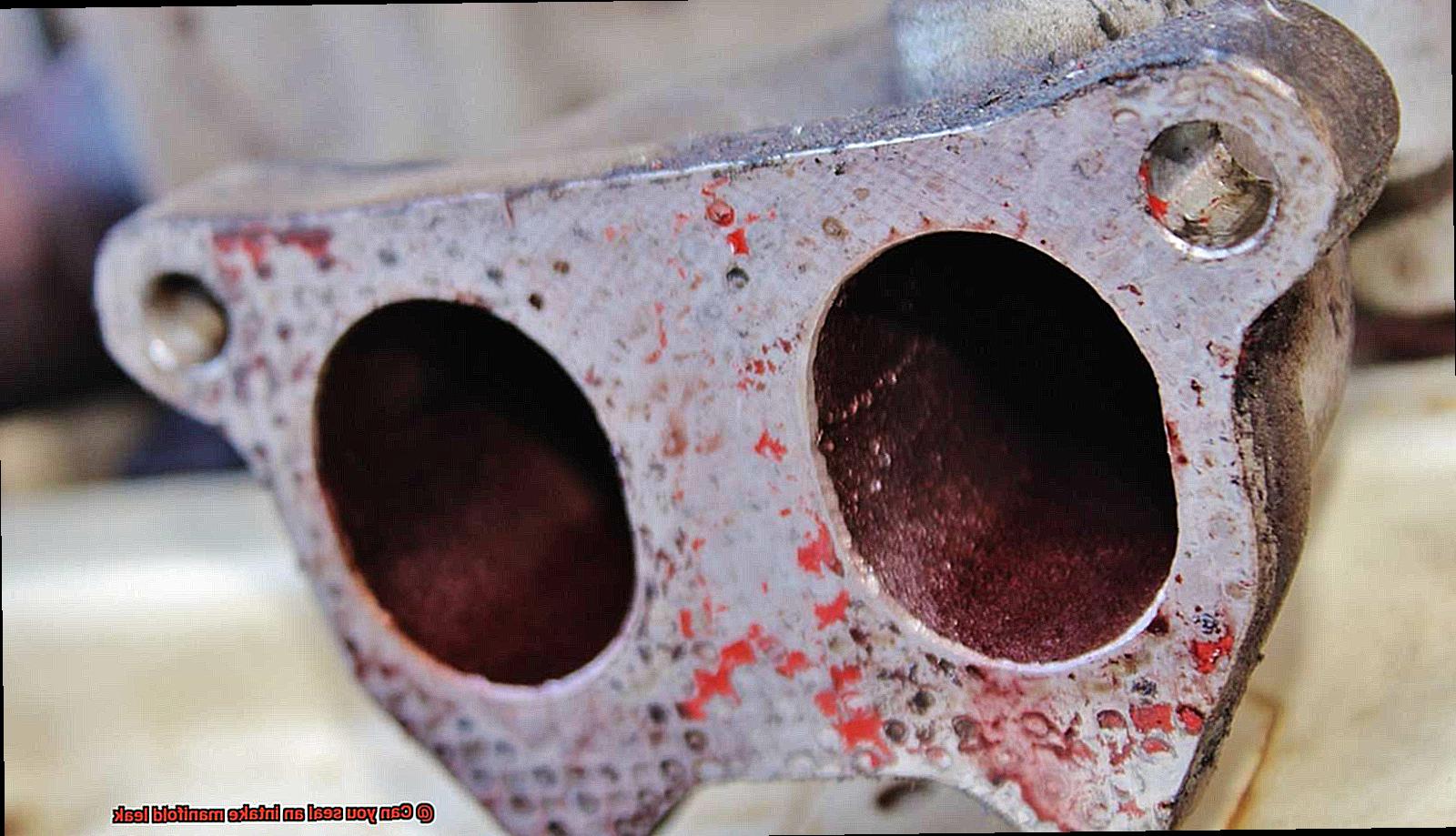
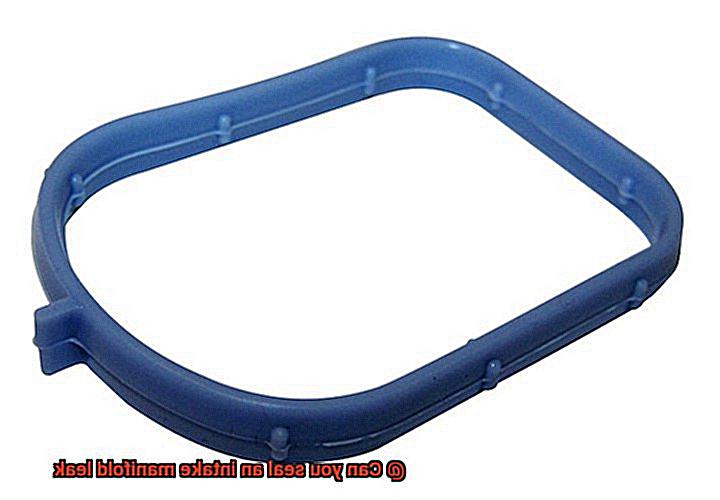
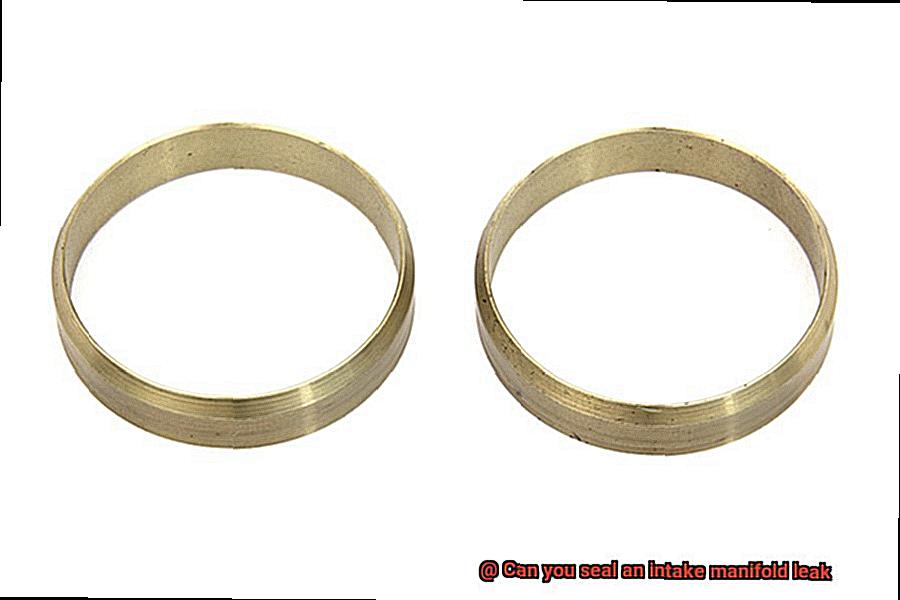
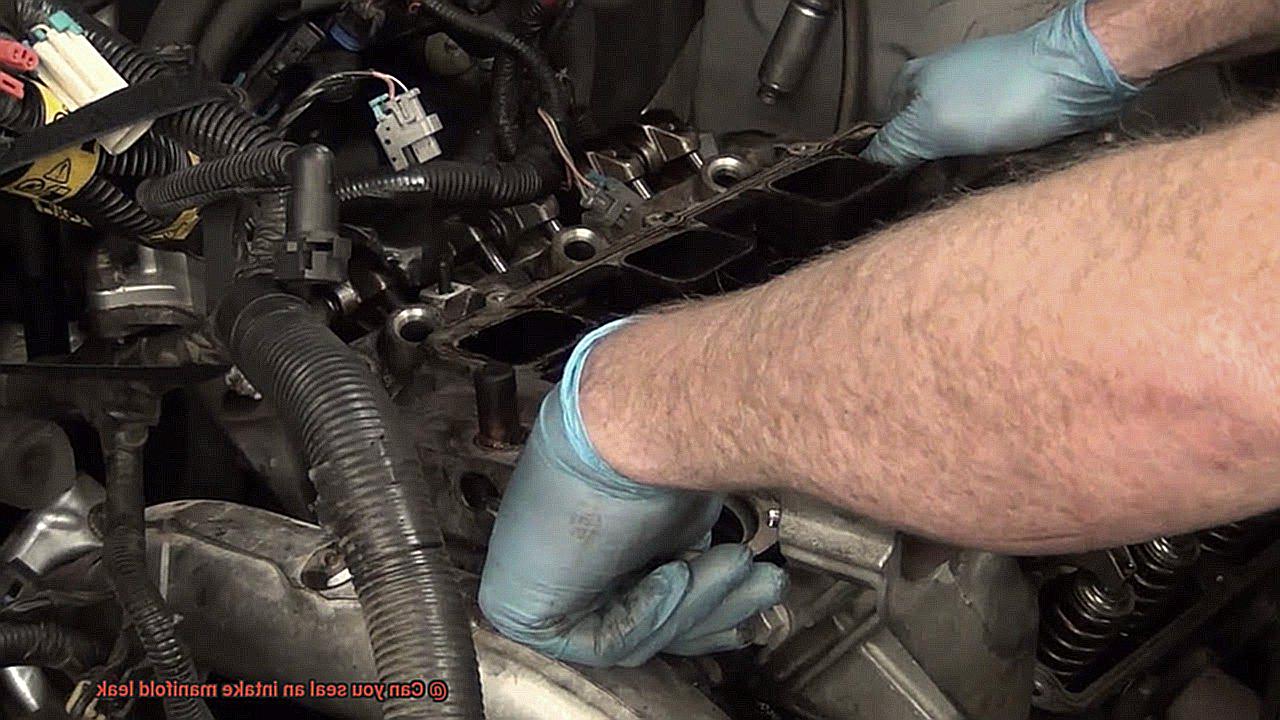
Detecting and Fixing Intake Manifold Leaks:
- Visual Inspection: Thoroughly examine the intake manifold for visible signs of damage or leaks.
- Sensory Clues: Listen for hissing sounds or unusual smells in the cabin that could indicate a problem.
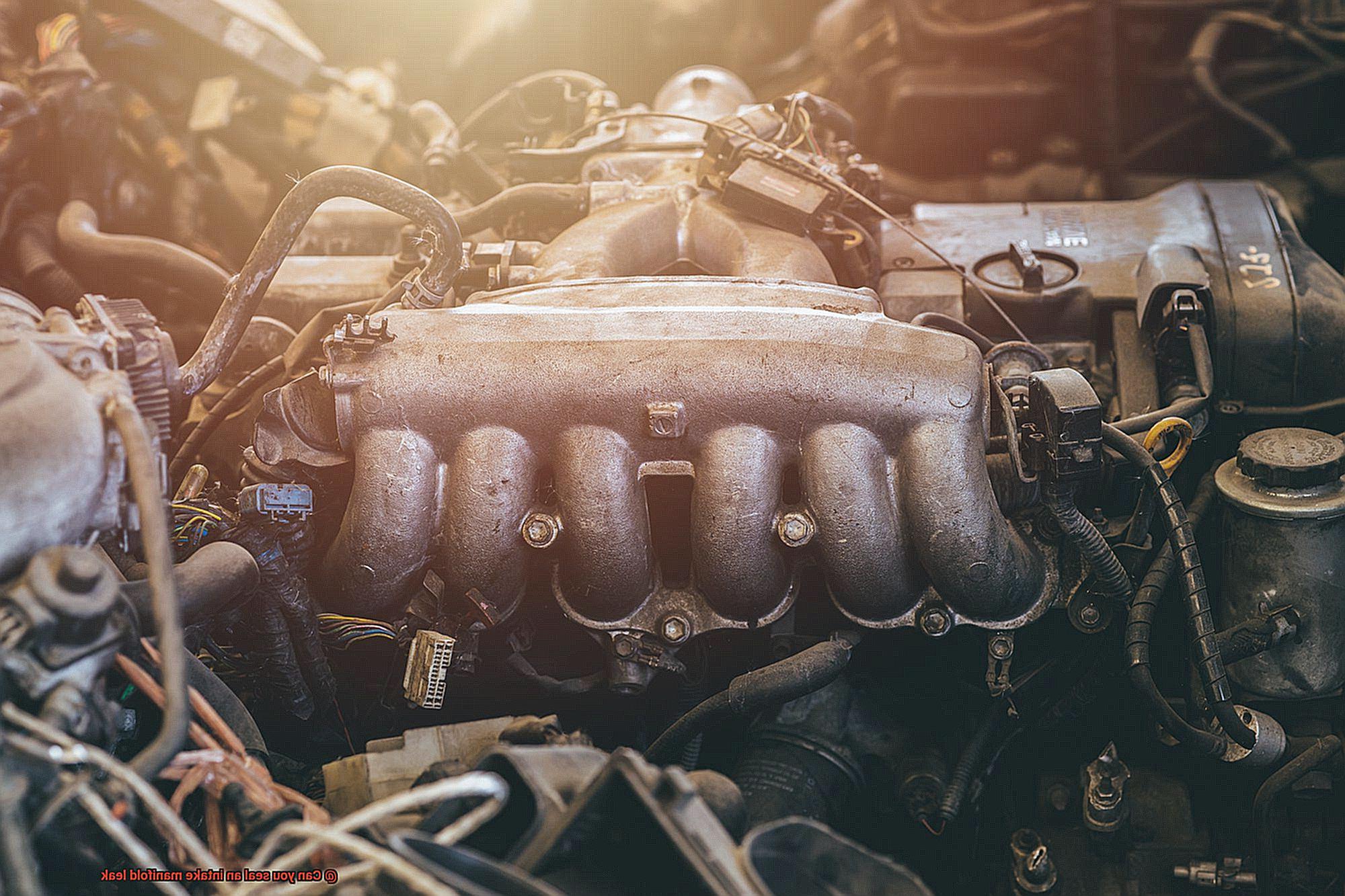
Temporary Solutions vs. Permanent Repairs:
- Quick Fixes: Adhesive or sealant products can temporarily seal intake manifold leaks, but they are not a lasting solution.
- Proceed with Caution: Follow manufacturer instructions meticulously when using adhesive or sealant products.
- Seek Professional Help: For a long-lasting repair, it is recommended to consult a qualified mechanic.
Possible Causes of an Intake Manifold Leak

Understanding the potential causes of these leaks can help you tackle the problem head-on.

Firstly, gasket failure is a common culprit. Over time, the gasket that seals the intake manifold to the engine block can deteriorate due to the intense heat and pressure it endures. As a result, it loses its ability to create a proper seal and allows pesky leaks to occur.
Cracked manifolds also contribute to leaks. The intake manifold is constantly exposed to extreme temperatures and pressure, making it susceptible to developing tiny cracks. Though seemingly harmless, these cracks can permit air or coolant to escape, causing leaks that can dampen your driving experience.
Loose bolts or fasteners are another potential cause. If the bolts holding the manifold in place are not tightened properly or have become loose due to vibrations, they won’t provide the necessary tight seal. Consequently, you’ll find yourself grappling with a leak that’s as irritating as a squeaky wheel.
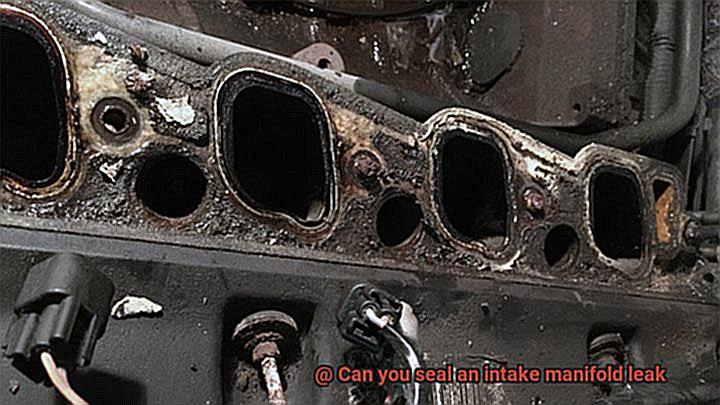
A warped manifold is yet another possible source of leaks. Excessive heat or cooling system issues can cause the manifold to distort, compromising its ability to seal effectively against the engine block. So, if your car has been running hotter than usual, it’s worth investigating for a warped manifold.
Lastly, improper installation can lead to an intake manifold leak. If the manifold wasn’t installed correctly or if any steps were overlooked during installation, it’s highly likely that you’ll encounter leaks down the road.
How to Diagnose an Intake Manifold Leak
Diagnosing an intake manifold leak is crucial for maintaining the health and performance of your vehicle’s engine. In this blog post, we will explore the signs, symptoms, and diagnostic techniques you can use to identify a potential intake manifold leak.
Signs and Symptoms of an Intake Manifold Leak:
To begin diagnosing an intake manifold leak, it is important to be aware of the signs and symptoms that may indicate a problem. Look out for a decrease in engine performance, such as sluggish acceleration or a lack of power. Additionally, pay attention to rough idling, which can be felt as vibrations or heard as a rough sound coming from the engine. A decrease in fuel efficiency and the presence of a strong smell of fuel or exhaust fumes are also indicators of a potential intake manifold leak.
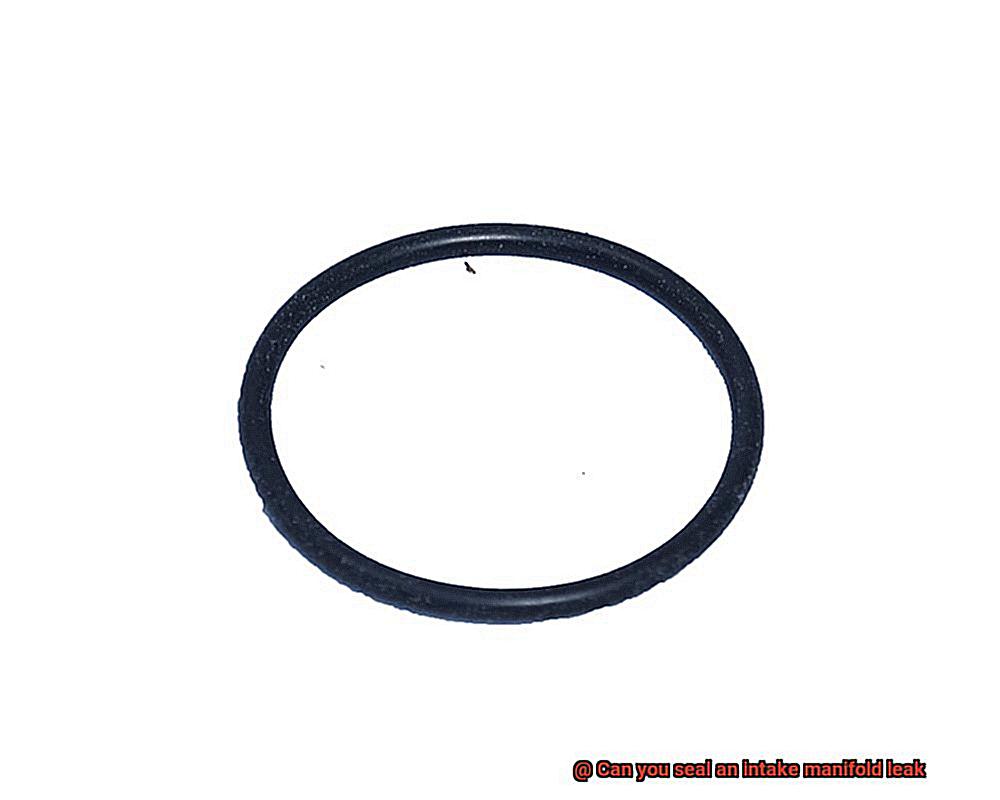
Visual Inspection:
One of the first steps in diagnosing an intake manifold leak is conducting a visual inspection of the engine. Look for any visible signs of leakage, such as oil or coolant stains around the intake manifold gasket or cracks in the manifold itself. Use a flashlight if necessary to thoroughly examine all areas where leaks may occur.
Smoke Test:
A smoke test is another effective diagnostic technique for identifying an intake manifold leak. This involves introducing smoke into the intake system and observing if it escapes from any cracks or openings in the intake manifold. The smoke will make leaks visible, allowing you to pinpoint their exact location.
Vacuum Gauge Test:
Using a handheld vacuum gauge can help you detect leaks in the intake manifold. By connecting the gauge to different points along the manifold, you can measure the vacuum pressure and identify any abnormal readings that may indicate a leak. A significant drop in vacuum pressure can be a strong indicator of an intake manifold leak.

Consult with a Professional Mechanic:
If you are unsure or unable to diagnose an intake manifold leak on your own, it is recommended to seek professional help from a qualified mechanic. They have the knowledge and experience to accurately diagnose and repair the issue. They will conduct a thorough inspection, replace any damaged gaskets or seals with suitable replacements, and ensure that all underlying problems are addressed.
Is it Possible to Seal an Intake Manifold Leak Yourself?
You might be dealing with an intake manifold leak. But fear not, because there’s hope for a DIY fix. In this blog post, we’ll explore whether it’s possible to seal an intake manifold leak yourself and provide some handy tips along the way.
Diagnosing the problem correctly is essential. Look out for symptoms like rough idling, decreased performance, or the smell of coolant or fuel. But don’t rely solely on your detective skills; use a diagnostic tool to confirm the exact location and severity of the leak.
Now, let’s talk about the potential solution: glue. While glue might seem like a magical fix-it-all, it’s not the best option for sealing an intake manifold leak. The intense heat and pressure in the engine can cause most glues to break down, resulting in further damage or even engine failure.
There are sealants specifically designed for this purpose. Epoxy-based sealants or specialized gasket sealants are excellent choices as they can fill in gaps and cracks in the intake manifold, creating a tight seal and preventing further leakage.
Before applying any sealant, make sure to clean the surface of the intake manifold thoroughly. Use a suitable solvent or degreaser to remove any oil, grease, or debris that could hinder proper adhesion. A clean surface is crucial for ensuring a strong bond between the sealant and the manifold.
Once the surface is clean and dry, follow the manufacturer’s instructions for applying the sealant. Different sealants may have specific curing times or application techniques, so be sure to read and follow them carefully.
After applying the sealant, give it time to cure completely before starting the engine. This ensures that the sealant has properly bonded and will provide an effective seal. Refer to the product instructions for guidance on curing times, as these can vary depending on the type of sealant used.
While sealing an intake manifold leak yourself can save you money, it’s essential to consider the potential risks involved. If you’re unsure about your abilities or the severity of the leak, it’s always best to seek professional assistance. DIY attempts gone wrong can lead to further damage or engine failure.
In some cases, replacing the intake manifold altogether might be the best solution. This is particularly true for severe leaks or if the manifold is old and corroded. Although it may require more time, effort, and cost compared to a DIY seal, replacing the manifold ensures a long-lasting and reliable fix.
Ultimately, whether you can seal an intake manifold leak yourself depends on your level of expertise, the severity of the leak, and the specific circumstances of your vehicle. When in doubt, consult with a professional mechanic who can provide expert advice and assistance.
Advantages and Disadvantages of Using Adhesives or Sealants for Intake Manifold Leaks
We’re here to explore the world of adhesives and sealants as a potential solution for these pesky leaks. However, before you reach for that bottle of glue, let’s take a closer look at the advantages and disadvantages to ensure we’re on the right track.
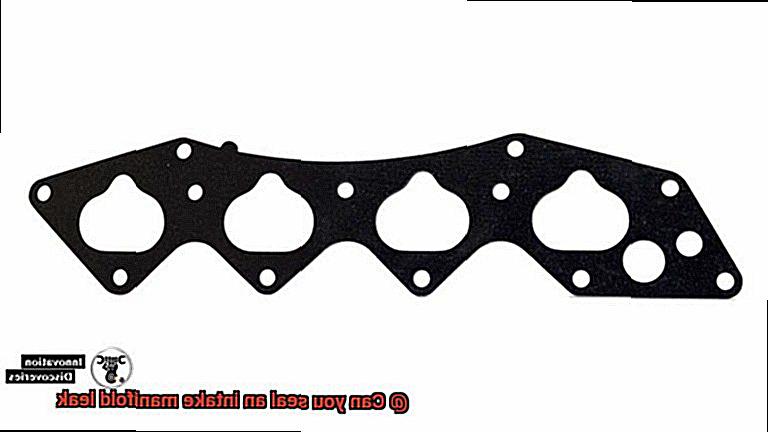
Advantages:
- Convenience and Cost Savings: Adhesives and sealants are readily available at most automotive stores, making them a convenient choice for DIY enthusiasts. Not only that, but they can save you a significant amount of money by avoiding expensive professional repairs.
- Strong and Durable Bond: When applied correctly, adhesives and sealants can create a robust seal that prevents further air or fluid leakage. Say goodbye to those annoying leaks and hello to improved engine performance.
- Gap-Filling Capability: Adhesives and sealants excel at filling in gaps or imperfections in the mating surfaces of the intake manifold. This is particularly useful for older engines or worn-out gaskets where traditional replacements may not be feasible.
- Temporary Fix: In a pinch? Adhesives and sealants can provide a temporary solution for minor leaks, allowing you to drive your vehicle until a more permanent repair can be made.
Disadvantages:
- Improper Application: The biggest challenge when using adhesives or sealants is applying them correctly. If not done right, they may not create an effective seal, leading to continued leakage and potential engine damage. So be sure to carefully follow the instructions.
- Unsuitable for Severe Leaks: While adhesives and sealants work wonders for minor leaks, they may not be a long-lasting solution for larger gaps or more severe leaks. In those cases, a more permanent repair like gasket replacement may be necessary.
- Compatibility Issues: Not all adhesives or sealants are compatible with every intake manifold material. It’s crucial to choose the right product that suits your specific intake manifold to avoid any chemical reactions or damage.
- Manufacturer Approval: Sometimes, using adhesives or sealants for intake manifold leaks may not be recommended or approved by the vehicle manufacturer. Always consult your vehicle’s manual or seek professional advice before attempting any repairs.
Proper Application of Products for Sealing Intake Manifold Leaks
These sneaky little leaks can cause all sorts of problems for your engine, but fear not. We’ve got the inside scoop on how to properly seal them using adhesive products. So grab a cup of coffee, put on your handyman hat, and let’s get started.
The first step in sealing an intake manifold leak is to identify the source of the problem. Inspect the intake manifold for any visible cracks or gaps, or perform a smoke test to detect those elusive leaks that like to hide.
Once you’ve located the culprit, it’s time to clean the area thoroughly. Use a degreaser or solvent to remove any dirt, oil, or debris that might hinder the sealant from sticking properly. A clean surface is key to a successful seal.
Now comes the fun part – choosing the right product for the job. There are several options available, including liquid sealants, gasket makers, and epoxy adhesives. The choice will depend on the severity of the leak and the material of your intake manifold.
For minor leaks, liquid sealants are your go-to solution. They come in handy tubes or bottles and can be easily applied with a brush or applicator. Just follow the manufacturer’s instructions for application and curing time.
Gasket makers are great for replacing worn-out gaskets or creating new ones. They come in liquid form or as pre-formed gaskets with adhesive backing. Apply them evenly and let them cure according to the instructions.
If you’re dealing with a more severe or complex leak, epoxy adhesives are your best bet. These babies provide a strong bond that can withstand high temperatures and pressure. Remember to mix the two parts together before applying and follow the recommended curing time.
Pro tip: when applying any sealant, do it evenly and in a thin layer. Too much sealant can cause blockages or uneven pressure distribution, leading to more leaks or engine damage. We definitely don’t want that.
After applying the sealant, give it some time to cure before starting your engine. This ensures a reliable and long-lasting seal.
But here’s the thing – sealing a minor intake manifold leak is just a temporary fix. To tackle the underlying issue, such as a damaged gasket or cracked manifold, professional repair or replacement may be necessary for a lasting solution.
When Should You Seek Professional Help for Sealing an Intake Manifold Leak?
Dealing with an intake manifold leak can be a frustrating experience, as it can lead to diminished engine performance and potential damage to your vehicle. While some minor leaks can be fixed with a do-it-yourself approach, there are situations where it’s best to leave the job to the experts. In this article, we will explore the critical factors that indicate when seeking professional help for sealing an intake manifold leak is necessary.
Severity of the Leak:
The first step is to assess the severity of the leak and its impact on engine performance. If you’re experiencing a significant loss of power, sluggish acceleration, or decreased fuel efficiency, it’s time to call in the professionals. These signs typically indicate a more substantial leak that requires expert attention.
Extent of the Leak:
Take into consideration the size of the leak. A small, manageable leak might be fixable with an appropriate sealant applied by yourself. However, if the leak is substantial and causing a considerable loss of coolant or oil, it’s strongly recommended to seek professional assistance.
Complex Vehicle Design:
Some vehicles have intricate intake manifold designs that demand specialized knowledge and tools for repairs. If you lack familiarity with working on engines or automotive systems, it’s best to rely on professionals who possess the expertise needed to perform the repair correctly and prevent further damage.
Lack of Expertise:
For those without experience or expertise in automotive repairs, it’s generally advisable to leave intake manifold leak repairs to professionals. They possess the skills and knowledge to diagnose and fix the issue correctly, minimizing the risk of complications.
Failed DIY Attempts:
If you’ve attempted to seal an intake manifold leak yourself but haven’t been successful, it’s a clear sign that professional help is needed. Continuing with unsuccessful DIY fixes can lead to more extensive damage and costlier repairs down the road.
Alternatives to Sealing an Intake Manifold Leak Yourself
If you’re facing the daunting task of sealing an intake manifold leak yourself, hold your horses for just a moment. Before diving headfirst into the repair pool, let’s explore some alternatives that might save you from potential headaches and costly mistakes.
First and foremost, consider entrusting the job to the professionals. Taking your vehicle to a mechanic who knows their stuff can be a game-changer. These experts possess the knowledge, experience, and specialized tools necessary to diagnose and fix the issue correctly. They’ve likely encountered similar problems before, allowing them to employ the best approaches for sealing that pesky leak. Plus, let’s not forget the invaluable peace of mind that comes with leaving it in capable hands.
But what if you’re determined to save on labor costs? Fear not. A specialized auto repair shop that focuses on intake manifold repairs may be your saving grace. These shops house technicians who are specifically trained in dealing with intake manifold issues. With their deep understanding of the intricacies involved, they can provide expert advice on how to proceed. In some cases, they might even have access to specialized parts or techniques that can effectively seal the leak.
Now, let’s say you’re still itching to take matters into your own hands. One alternative is utilizing a sealant product specially designed for intake manifold leaks. These sealants are formulated to withstand high temperatures and pressure, making them suitable for tackling leaks in intake manifolds. Just remember to carefully follow the manufacturer’s instructions when using these products to avoid any further damage or engine failure.
If you’re feeling hesitant about performing the repair yourself but still want to save on labor costs, consider seeking a second opinion from another mechanic. Sometimes, a fresh perspective or alternative approach can shed light on different solutions that may be more suitable for your situation.
In some cases, it may be more cost-effective and time-efficient to replace the entire intake manifold rather than attempting to seal a leak. This option may be recommended by a professional mechanic if they determine that the damage is extensive or if the manifold is old and prone to future leaks. By replacing the manifold, you ensure a fresh start and eliminate the risk of further issues down the line.
QfMzEd4HQCI” >
Conclusion
Yes, you can seal an intake manifold leak.
It is possible to use various methods and products to fix this issue. From sealants to gaskets, there are options available to help you address the problem.
It is always recommended to have a professional mechanic inspect and repair the issue for a long-lasting fix.

